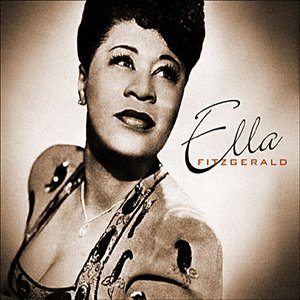Humphrey Bogart is one of the most iconic faces of the 1940s, and arguably the face of crime noir during that era. He starred in several major pictures from that era, including The Maltese Falcon, The Big Sleep and Casablanca. He was recognized in 1999 as one of the most influential icons, and the greatest male actor of classic American cinema.
Bogart was supposed to attend Yale and begin a prestigious education as a young man. He’d been born into a middle class family, and great things were expected of him. Unfortunately, he was expelled from Yale not long after he began for reasons that aren’t immediately clear. He may have mouthed off to staff, he may have thrown the headmaster into a pond out of anger, or he may have just had poor grades. Whichever the case, he pursued the military instead.
He thought he’d end up in a mediocre job. He returned from World War II as a liberal young man, who despised the pretentious. Bogart’s first foray into theater came as production manager, a job he was no good at. Bogart never took acting lessons, drank frequently and brawled too. He was not a likable guy, but he never lost his politeness.
When the Crash of 1929 reduced the demand for plays, Bogart turned to film. The Petrified Forest was the first film to put him on the path to becoming a show man, but The Maltese Falcon was the first of many films to secure his legacy. He appeared in more than 75 feature films before succumbing to cancer of the esophagus, the final price in a lifetime of being a heavy smoker and drinker.
About the Author: Phineas Upham is an investor at a family office hedgefund, where he focuses on special situation illiquid investing. Before this position, Phin Upham was working at Morgan Stanley in the Media and Telecom group. You may contact Phin on his Phineas Upham website or Facebook page.






